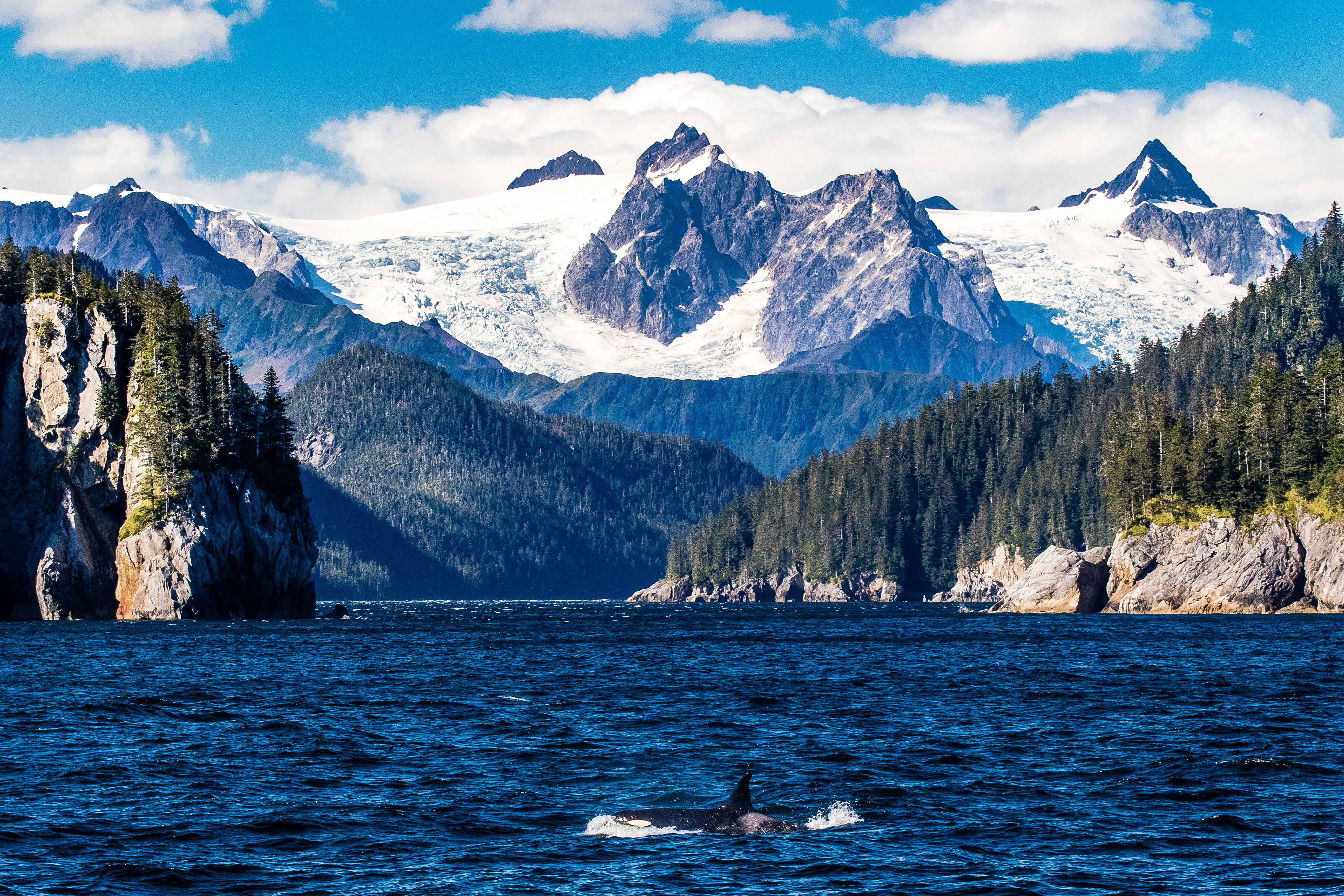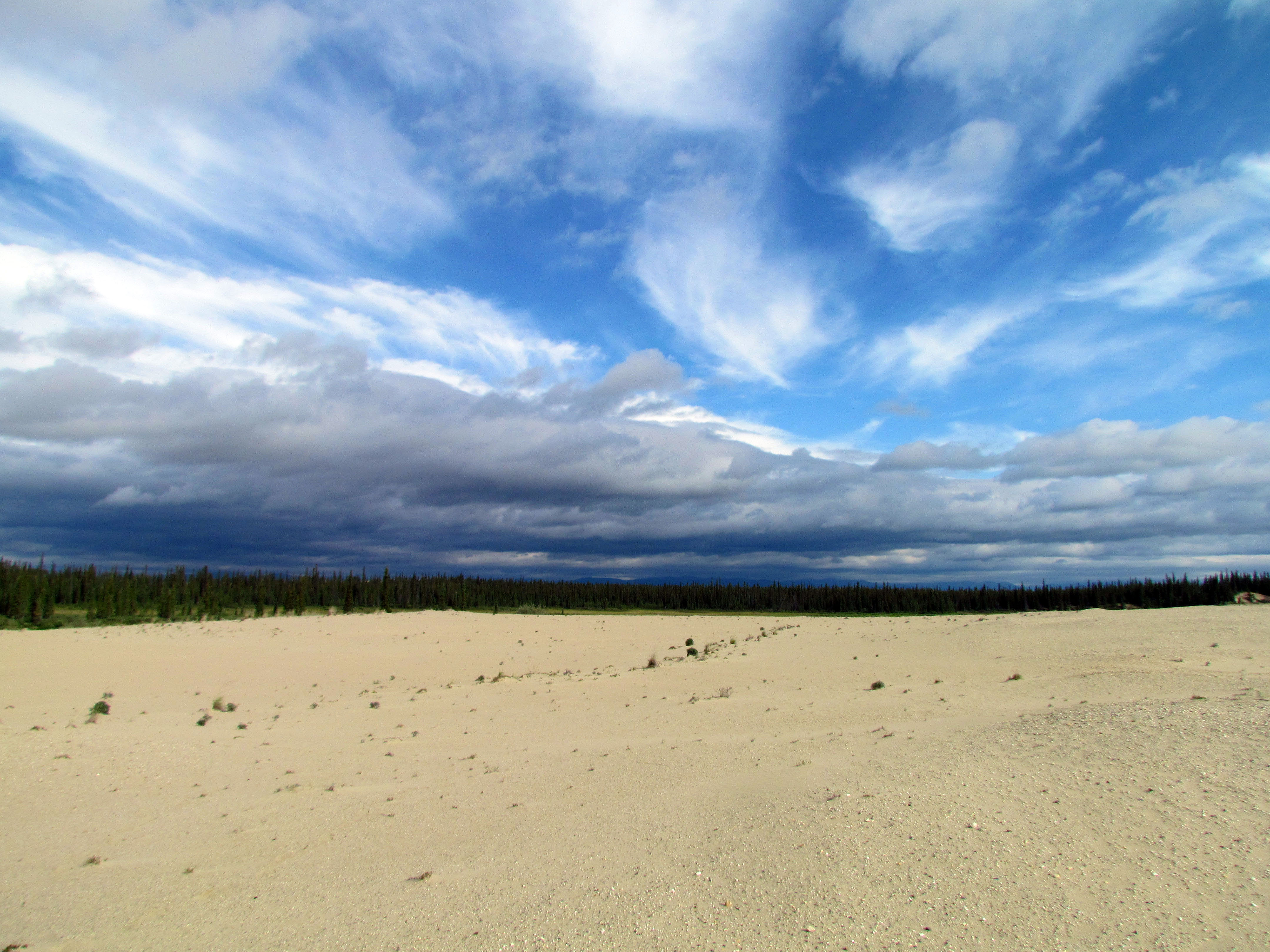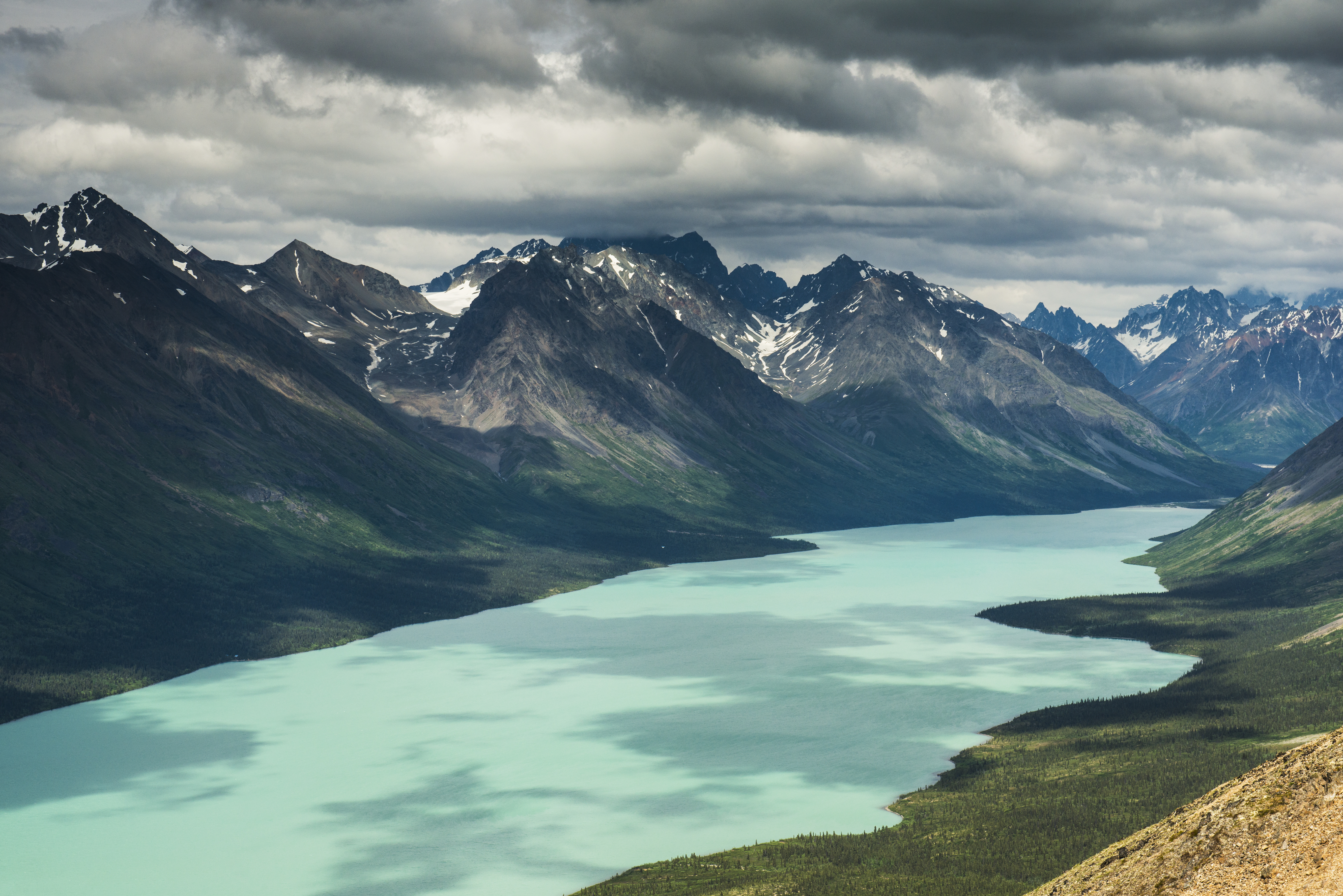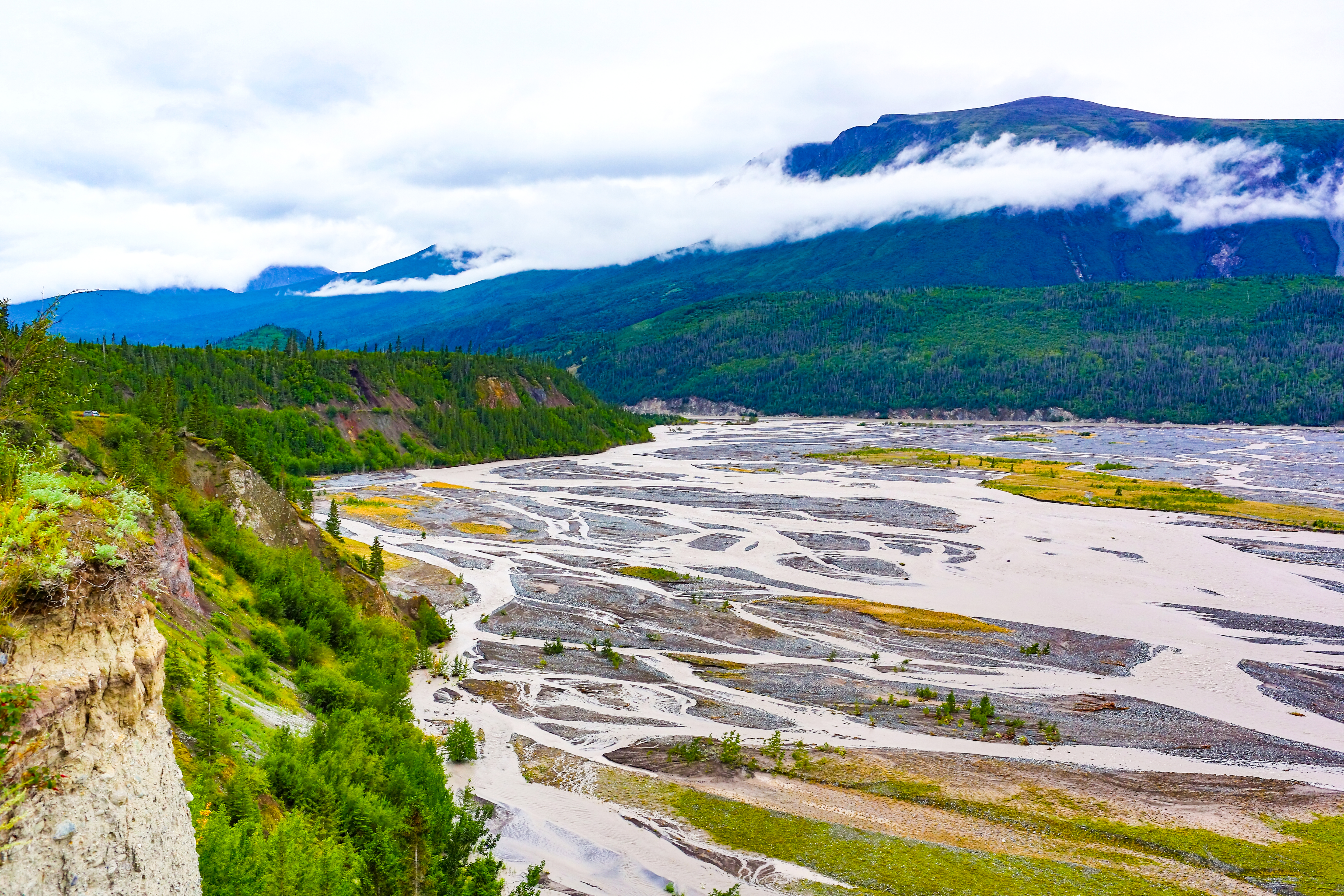
Get to Know Each of Alaska’s Eight Awe-Inspiring National Parks
That’s right, eight. If you’ve got the means, the time, and the guts, Alaska’s national parks are some of the country’s last (and most beautiful) wild places.
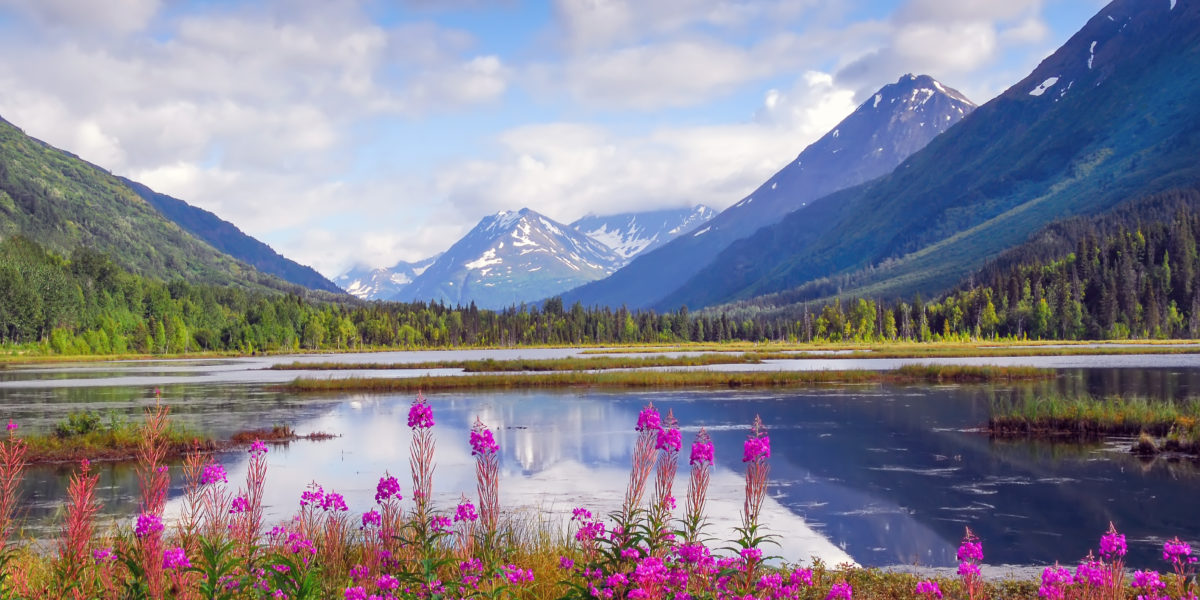
Aside from Denali, how many of Alaska’s national parks can you name? The state’s protected areas remain largely little-known and unexplored, and count amongst America’s last truly wild places.
Alaska is the largest state in the country, and is also the least densely populated. What to do with all that land? Seven of the state’s eight national parks were established in 1980 as part of the Alaska National Interest Lands Conservation Act–a law providing varying degrees of protection to more than 157,000,000 acres of public lands. ANILCA remains the single largest expansion of protected lands in history, and more than doubled the size of the national park system.
Today, Alaska boasts 325,700,000 acres of publicly owned land. Though the parks are not easy to get to, it’s possible to visit even the most remote of the state’s parks; intrepid adventurers are rewarded with some of the most expansive scenery in the world, as well as a level of solitude most of us have never experienced. We suggest whetting your AK whistle on someplace easy to get to in the most temperate summer months; chances are you’ll be back for more (more whale watching, fly fishing, kayaking, backpacking, dog sledding, back country skiing, snowmobiling… the list goes on).
For the Tallest Peak: Denali National Park & Preserve
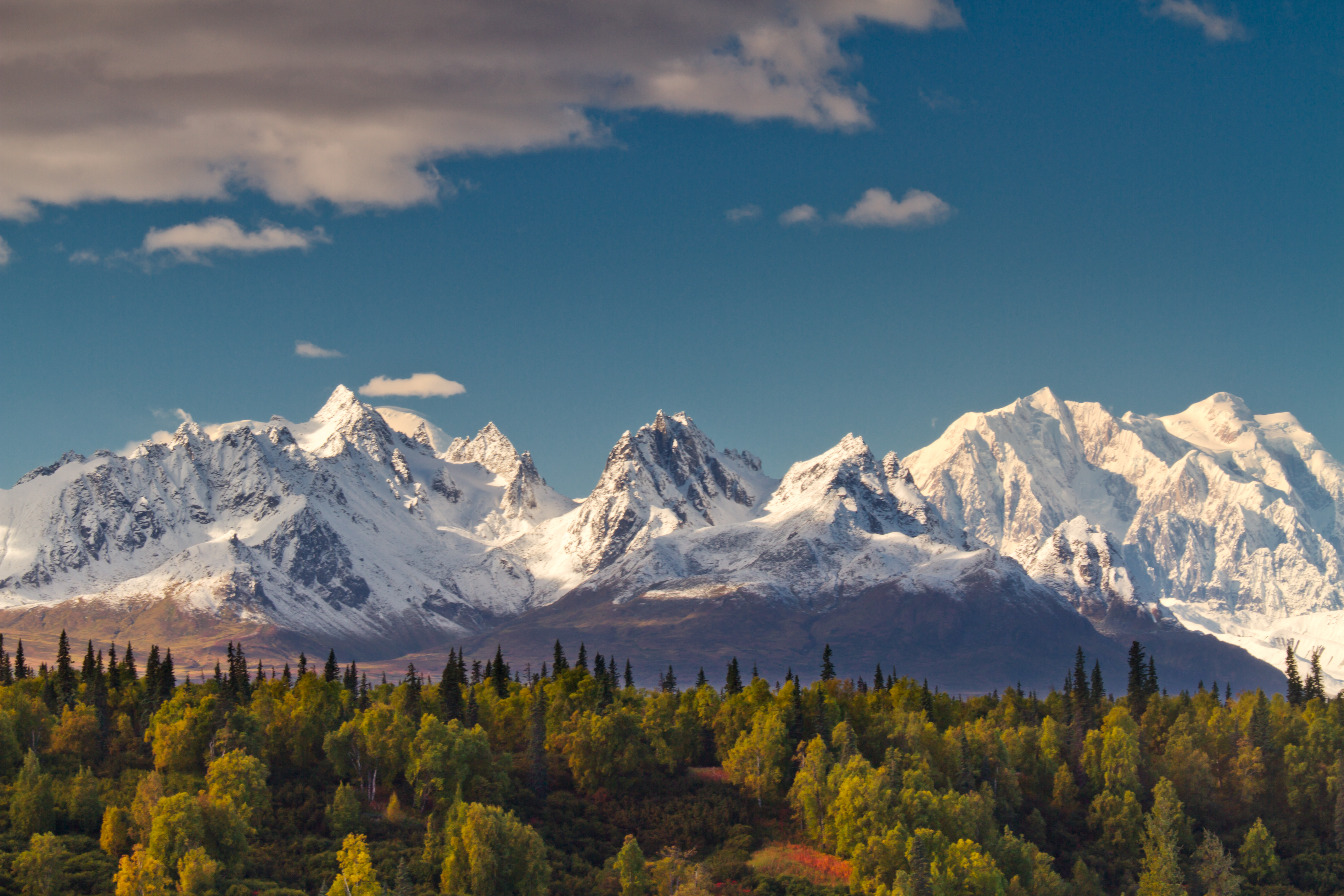
Getty Images/Enn Li Photography
Central Alaska; 6,075,029 acres
With Alaska’s biggest claim to fame (literally–Mt. Denali towers at 20,310 feet), Denali National Park boasts more than six million acres of wilderness and just one main road (only 15 miles of which are paved). Denali is the only national park in Alaska more than 100 years old; in fact, it’s the only national park in Alaska established before 1980. Congress designated the park in 1917 specifically to protect Dall sheep and their habitat, so trails are extremely limited and most hiking and backpacking is done in the wilderness. If you’re interested in sightseeing sans bushwhacking, there’s a bus for that. Keep an eye out for fox, marmot, and sheep, and if you’re extra lucky, moose, caribou, wolves, and bears both black and brown (a.k.a. grizzlies).
For Fields of Ice: Glacier Bay National Park & Preserve
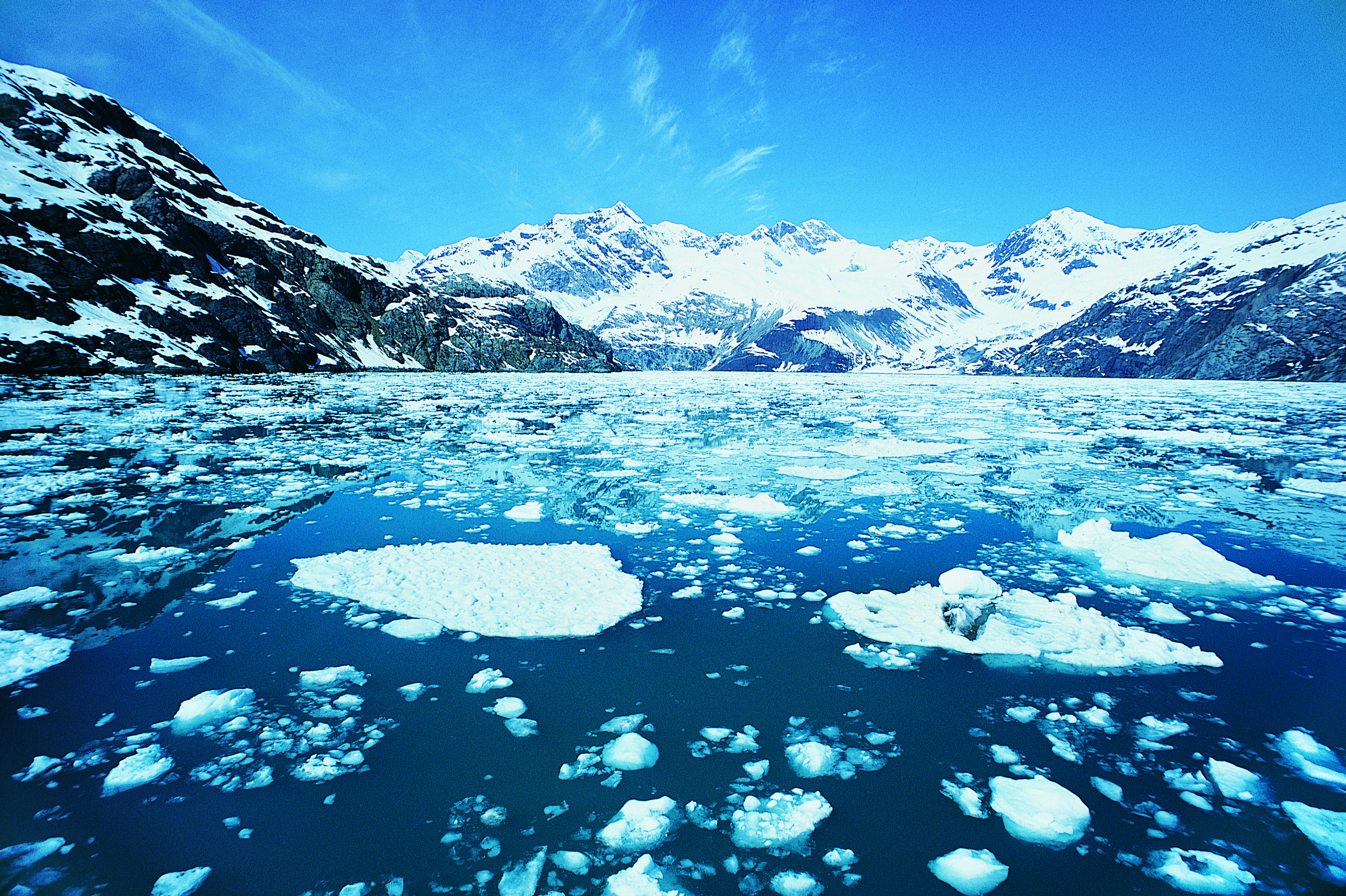
Getty Images/Dave Bartruff
Southeastern Alaska; 3,223,384 acres
This park is home to seven tidewater glaciers, 1,045 terrestrial glaciers, and two Tlingit ancestral homelands. Its geography encompasses everything from coastal inlets and sheltered fjords to temperate forest and snow-capped mountains, and is part of a 25 million-acre World Heritage Site—one of the world’s largest international protected areas. Glacier Bay is a popular Inner Passage cruise ship stop, and known for water activities such as kayaking, sport fishing, and of course, boat tours for spectacular views of all those icy fields.
For Front-Row Seats to the Northern Lights: Gates of the Arctic National Park & Preserve
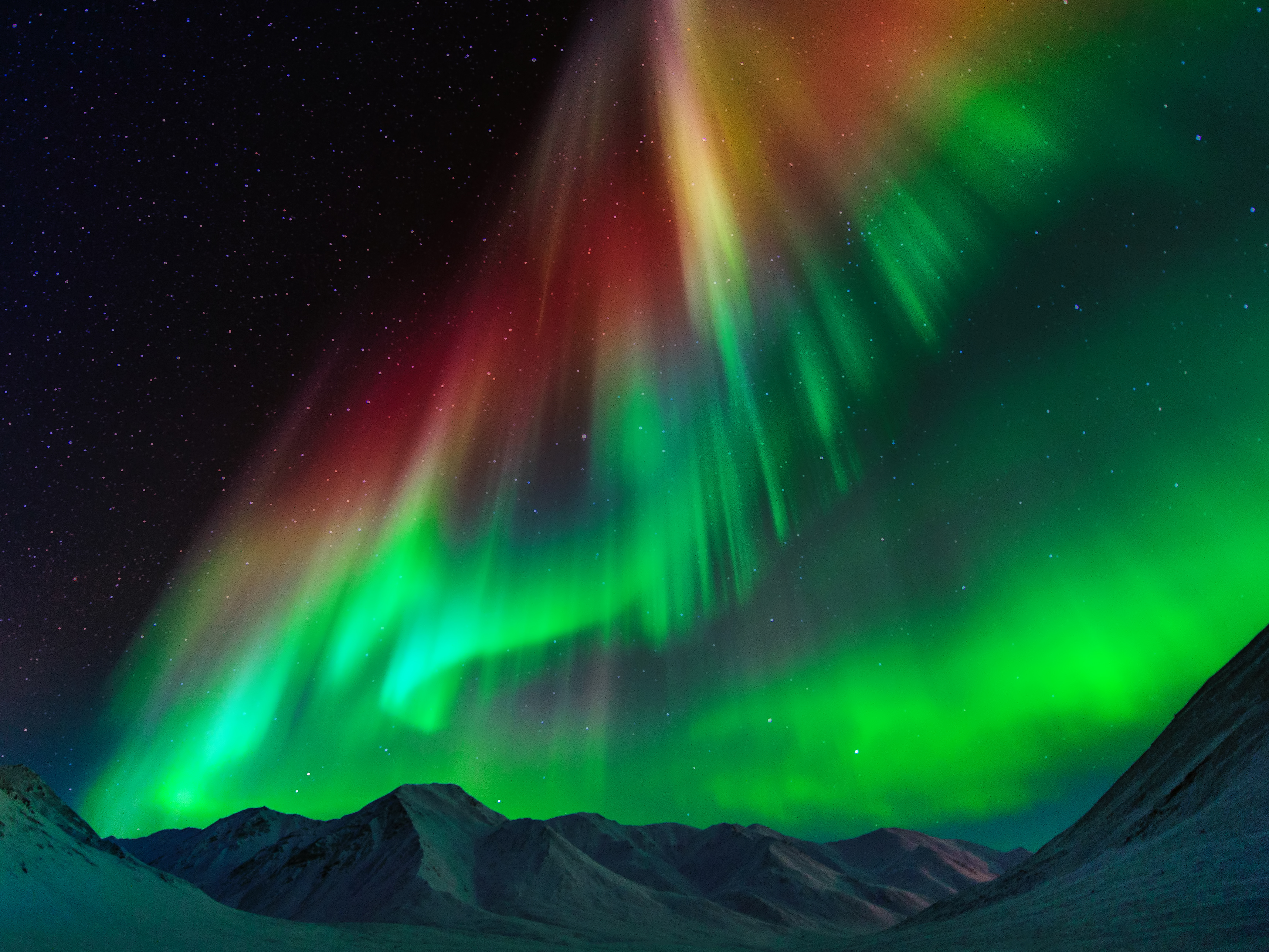
Getty Images/Noppawat Tom Charoensinphon
Northern Alaska; 8,472,506 acres
The least visited and most remote of Alaska’s parks, Gates of the Arctic sits above the Arctic Circle (meaning it gets 30 days of continuous sunshine per year), and is one of the best places to see the Aurora Borealis. The park’s name comes from its most iconic vista: Mount Boreal and Frigid Crags flanking the Koyukuk river like a gate. Want to see it for yourself? There’s not a single trail or paved road on the park’s 8,500,000 acres (and zero visitor facilities), so “flightseeing” via helicopter is a popular, though pricy, option.
For Rubbing Elbows with Grizzlies: Katmai National Park & Preserve
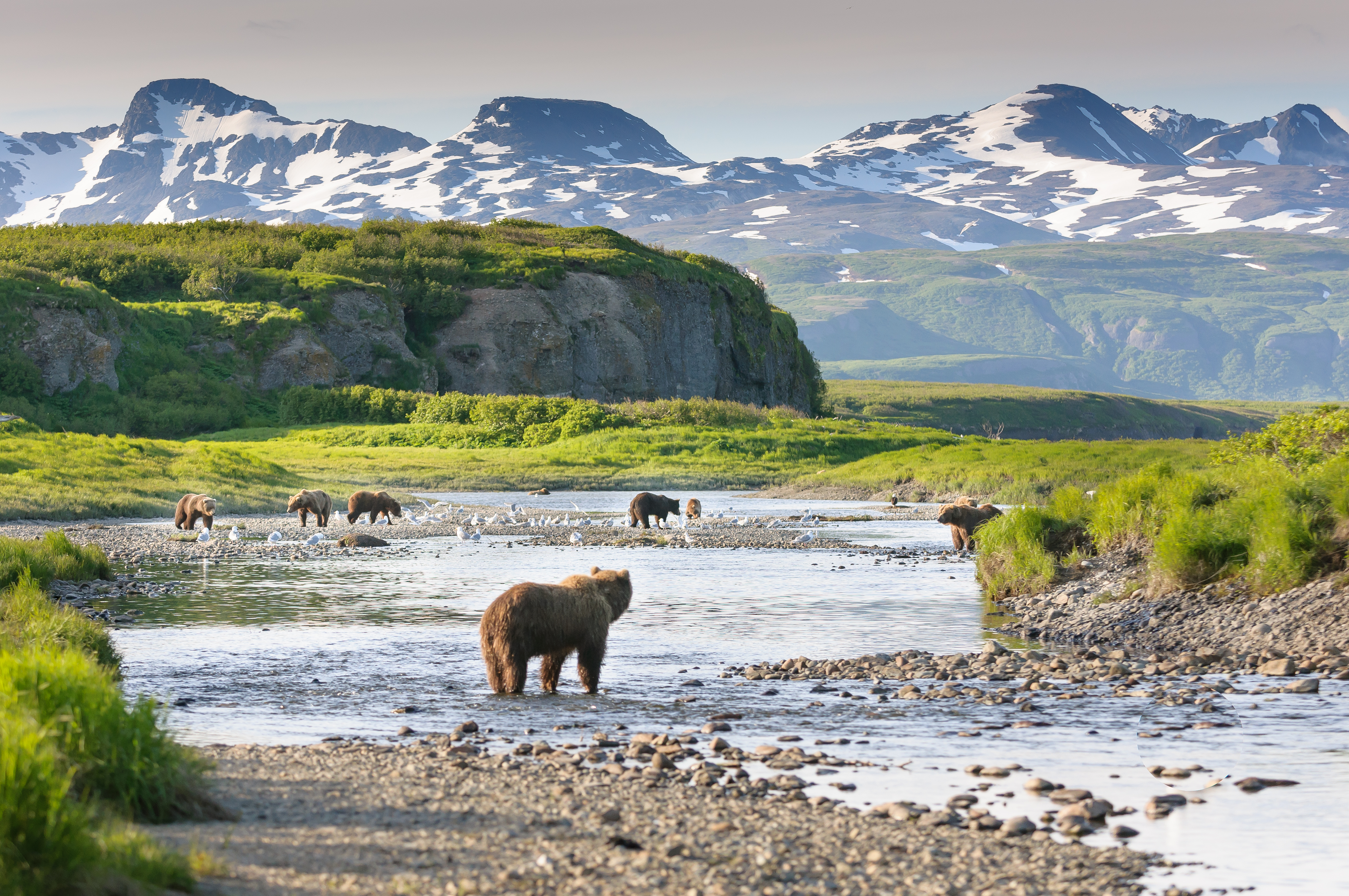
Getty Images/Sarkophoto
Southwestern Alaska: 4,093,077 acres
This active volcanic landscape has been managed by the National Park Service since 1918 to protect the sockeye salmon population and the bears that eat them (though it wasn’t designated a national park until the ’80s) . The park’s 2,200-strong brown bear population gorge themselves each summer, most famously at the Brooks Falls viewing platform, where you can witness salmon swimming upstream directly into gaping grizzly maws. Seaplanes take fishing enthusiasts along the river system for salmon and trout fishing, while wildlife photographers hike through the verdant landscape to spot ptarmigan, marmots, lynx, and more.
